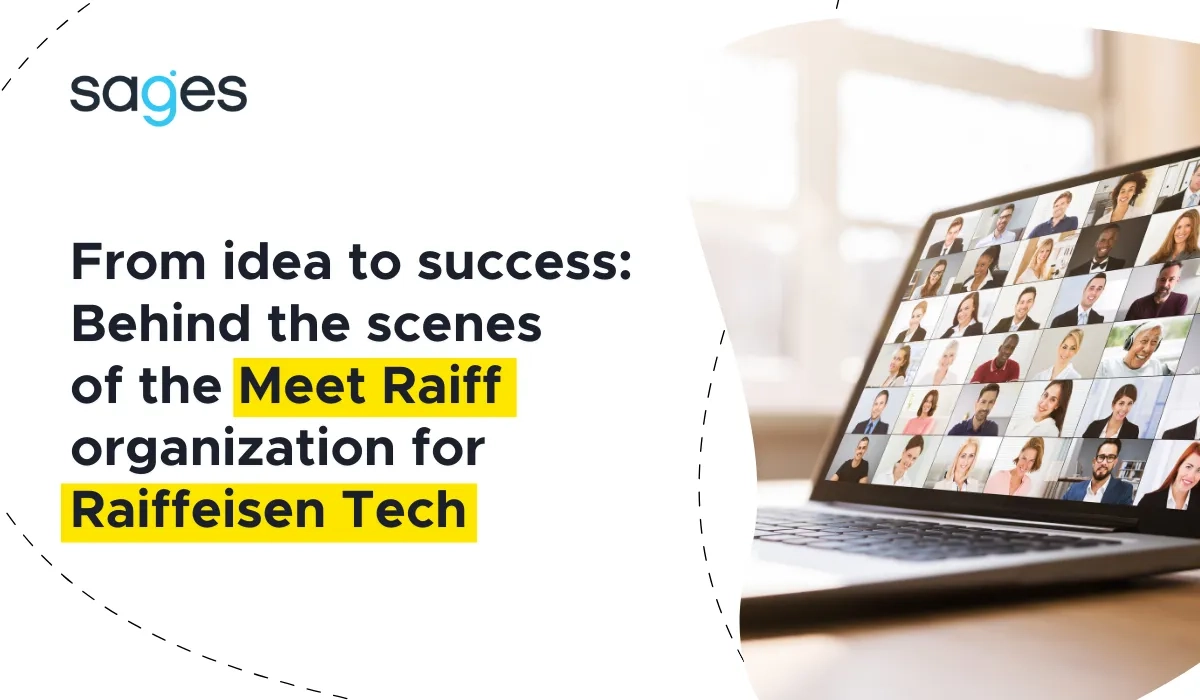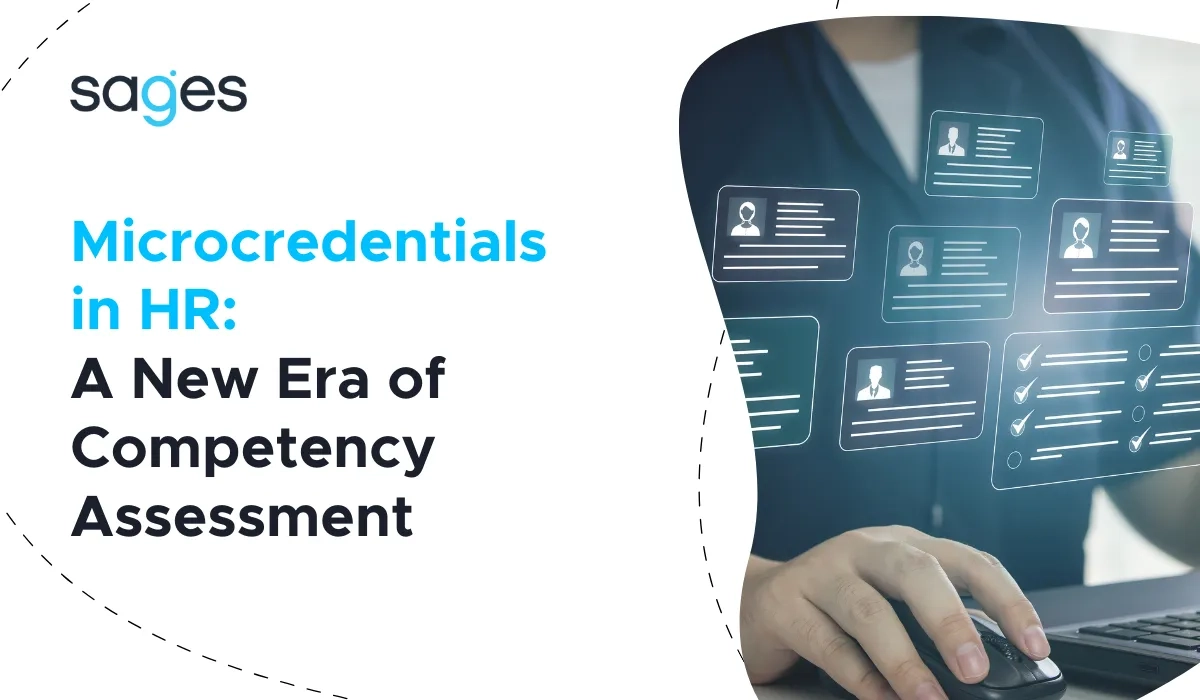The Challenge
Requirement: A leader in the field of implementing comprehensive technological solutions needed support in hiring a group of at least 10 programmers, with at least Junior Java competencies, and experience in business work. Our client wanted to minimize onboarding time and make sure that future employees would be able to apply their skills in real projects.
The Solution
We created a dedicated Java Developer PRO Academy with the goal of sourcing experienced candidates from the market and supplementing and aligning their competencies to meet the client's needs. In addition to specific experience, participants were required to be willing to engage in an intensive course and, after its completion, be ready to work for our client.
Implementation
The implementation of the recruitment and development Academy was divided into three main parts.
Stage 1: Recruitment and selection of candidates meeting the client's expectations
In the first step, we defined the ideal candidate profile for the required position with the client. We discussed the challenges that future employees would face and provided examples of projects. Together with IT experts, we identified the "entry-level" competencies required for the project and defined the ideal graduate profile of the Academy.
We established that a course graduate would have a solid foundation in Java programming, adapted to the client's expectations, including:
- The ability to use tools for project implementation, such as version control systems, Docker, or continuous integration servers.
- Learning to work in an agile team, complete assigned tasks, and collaborate with other programmers.
- Acquiring the ability to build complete applications from data persistence to REST services/user interfaces.
- Mastering unit and integration testing and applying Test-Driven Development.
- Creating clean code and architecture, consciously applying design patterns and refactoring.
- Learning to use and integrate the most popular solutions on the JVM.
On our part, we handled candidate recruitment and selection. We created a plan and schedule of activities, announced the recruitment, and managed all communication processes. Simultaneously, we conducted a marketing campaign to effectively reach the target group. We performed initial candidate selection using questionnaires and aptitude tests. In the next step, through one-on-one interviews, we assessed motivation and willingness to engage in project execution, as well as additional skills required by the client. The outcome of the selection process was the signing of contracts with a group of 15 ideal candidates, each of whom declared their readiness to participate in the workshops, show relevant progress, and take up employment according to the presented terms.
Stage 2: Intensive Academy
A detailed course program was developed by our experts and trainers based on client guidelines, as well as an analysis of participants' existing skills and experience. The training program was planned for 25 days of trainer-led workshops (8 hours each) scheduled over two-day sessions on selected weekends. The education process was spread over 5 months. The group consisted of 15 individuals, with the top 10 graduates receiving a job offer from our client.
The entire process proceeded according to the established assumptions and scope. Between modules, we conducted tasks and tests to monitor participants' knowledge and skills growth. The classes were in the form of intensive workshops, heavily focused on practical skills, which was a priority for the client. Besides training workshops, participants had the opportunity for individual consultations with the trainer and constant communication on Slack. We provided participants with an e-learning course on selected topics and video recordings of weekend sessions. Throughout the program, practical projects were completed, both as a group and individually, which required the application and utilization of skills essential for the new position.
Stage 3: Selection of Academy Graduates
Verification of knowledge and skills growth occurred continuously during the course. At the end, we recommended 12 graduates who, in our opinion, demonstrated the most significant progress. The client conducted their own selection process and extended offers to each of the graduates we recommended.
Result:
The Academy, in the described format, enabled the efficient hiring of a group of 12 people who displayed similar qualification levels and were able to seamlessly join projects that required specific skills. Course graduates were well-prepared for their designated positions. The completed project allowed the client to save on recruitment costs and streamline the employee onboarding process. In addition to financial benefits, the implemented Academy positively influenced the client's perception as an organization investing in employee development, increased their visibility in the job market, and enhanced employee loyalty.




